The Thinker's Garage Pondering Automotive History, Design and Culture
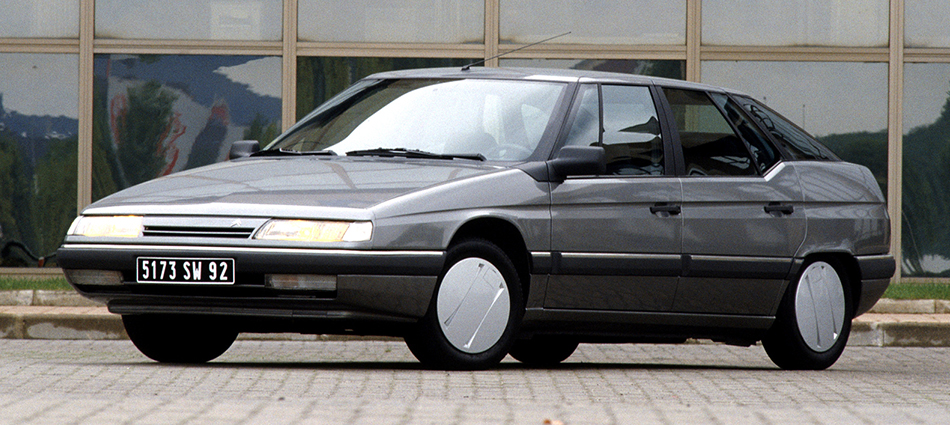
Celebrating 25 years of the Citroën XM
May 23rd 2014 marks 25 years to the day since Citroën first unveiled the XM. With the DS and CX as its predecessors, the XM had the great legacy of Citroën large cars to live up to, as well as the hopes of a cash strapped parent company resting on its shoulders. And although outright sales success eventually eluded it, the Citroën XM remains a fascinating car that very much deserves its place in the French marque’s large car history.
The 1970s had seen financial difficulties hit Citroën, and by the end of 1976 Peugeot had acquired approximately 90% ownership of the cash-strapped company to form PSA Peugeot-Citroën. By the early 80s sales of Citroën’s existing flagship, the CX, had dramatically slowed, despite some reasonable early success, ongoing financial difficulty at PSA preventing the car from being significantly updated.
Citroën CX was getting long in the tooth by the mid-80s
With the CX and Peugeot’s equivalent model, the 604, initially designed as competitors (the companies were still independent from one another at the time they were conceived), the logical decision was taken by PSA to develop a common platform that would be able to underpin the successors to both. The CX’s replacement would however retain Citroën’s iconic Hydractive hydraulic suspension system, something its Peugeot sibling, the handsome Pininfarina styled 605 would not receive.
Design development commenced in 1984, when a number of proposals were put forward by Citroën’s in house styling teams and Italian design house Bertone, who had recently worked with Citroën to produce the BX. Ultimately it was Nuccio Bertone’s proposal that was chosen for the project.
When it finally broke cover with great fanfare in 1989, the XM proved a futuristic and innovative design, its angular wedge shape somewhat avant-garde for the era. The deep glasshouse gave a spacious and unique feel to the cabin, and its narrow headlights, a enabled by new ‘complex surface’ technology, gave the car a sinister expression. Much was made of the XM’s low drag co-efficient of 0.28cd, as these claims were trendy at the time. Yet despite the XM’s thoroughly modern look, it featured a number of Citroën family design cues. Its practical liftback body style was a direct continuation of the CX theme, while small details such as the single spoke steering wheel linked it to its predecessors.
Nuccio Bertone with the Citroën XM
Interior was futuristic for the time, single spoke wheel recalled earlier Citroëns
Underneath its skin the XM was very high tech too, featuring sophisticated computer controlled suspension to reduce body roll and optional ABS brakes, automatic climate control and even a keypad alarm system that required a PIN number to start the car. The engines available were 2.0 litre 4 or 3.0 litre 6 cylinder petrol motors or a 2.1 litre diesel, with or without a turbocharger.
Although some found its styling and sheer unique nature rather polarising, initial response to the XM was by and large favourable, with its unique driving experience earning it a number of accolades including the 1990 European Car of the Year title. Unfortunately however, reports of reliability issues, specifically relating to the complicated electronics systems, quickly began to surface. It didn’t take long for the XM’s reputation to become tarnished despite Citroën’s efforts to rectify reported issues, and resale values were severely affected. Sales were disappointing too. PSA had hoped Citroën could sell 160,000 units in the XM’s first year, but sales never broke the 100,000 barrier. The XM’s best year, 1990, saw just over 96,000 built.
Citroën persevered however and in 1992 the XM Break – Citroën speak for the station wagon body style, joined the range. Built by Heuliez, it featured a particularly copious load area. A Turbocharged version of the 2.0 4 cylinder engine also joined the range at a similar time.
XM Break premiered in 1992
A bigger update came in 1994, with styling tweaks to align the XM with the rest of the Citroën range, which had been bolstered by the smaller Xantia, which was also designed by Bertone and shared a definite family resemblance. Suspension and engine revisions were also carried out, with the Hydractive II suspension system being launched, featuring automatic adjustment, rather than the manual driving mode selection on early model cars. The most notable visual change found inside however, with the interior featuring a redesigned dashboard and a steering wheel that now housed a driver’s airbag – which unfortunately signalled the demise of the single spoke steering wheel that had been a Citroën trademark for so long.
Series II XM (Below) was updated to realign with Xantia (Above)
Redesigned interior was biggest visual difference in series II, was a bit less individual than series I in an attempt to broaden XM’s appeal
A number of coachbuilders built their own variations of the XM. Amongst them Heuliez, who produced the Break variant for Citroën, produced a number of saloon versions of the car including the Palace Limousine and the one-off Presidentielle, which was presented to former French president Jacques Chirac in 1996. Automobiles Tissier also made a number custom XMs, including stretch limousines and six wheeled delivery vans. The XM break was a common base for French ambulances for quite some time too, with a number of French coachbuilders converting them for this purpose.
A number of coachbuilders refitted XM Breaks as French ambulances. This one was converted by Heuliez
The last of the 333,755 Citroën XMs produced rolled off the production line in June 2000. Despite the 1999 C6 Lignage concept car providing a strong preview of the XM’s successor, it was another 5 years before the production C6 arrived in showrooms to take the XM’s place in the Citroën range. Even so, the XM has a loyal group of owners who, 25 years on, still haven’t found anything that quite compares with its combination of practicality, bold innovation and futuristic whimsy.
1999 C6 Lignage concept previewed the future…
…which premiered 6 years later in C6 production car
– by Andrew Marshall

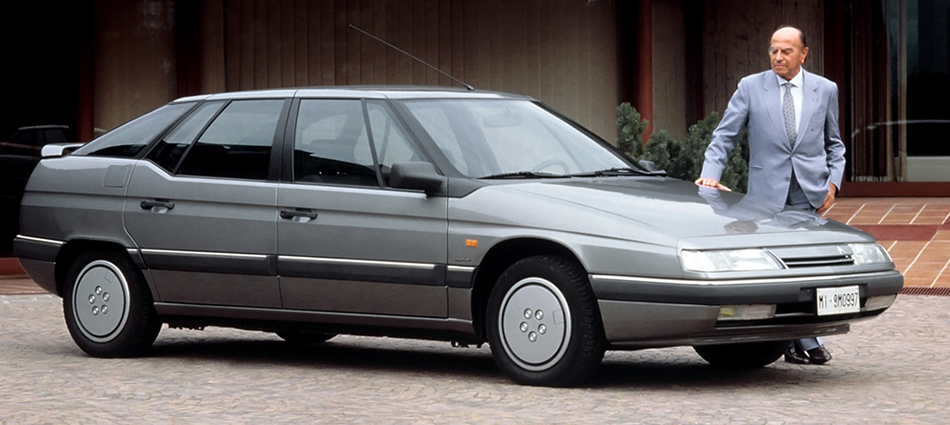
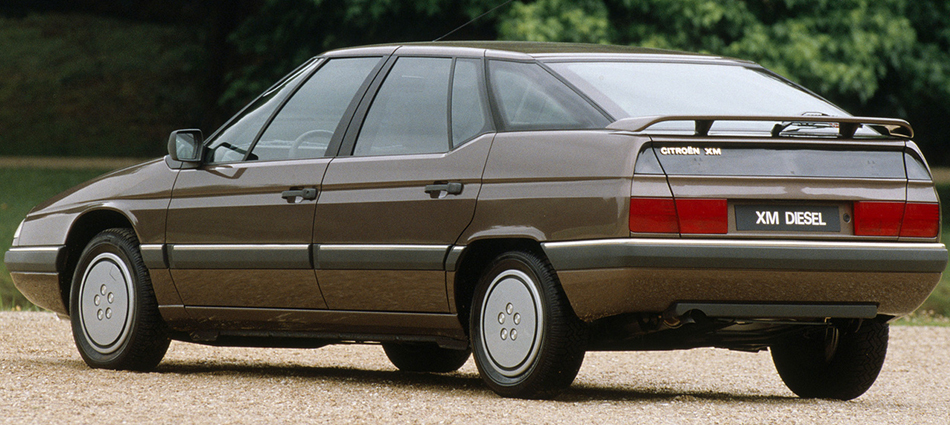
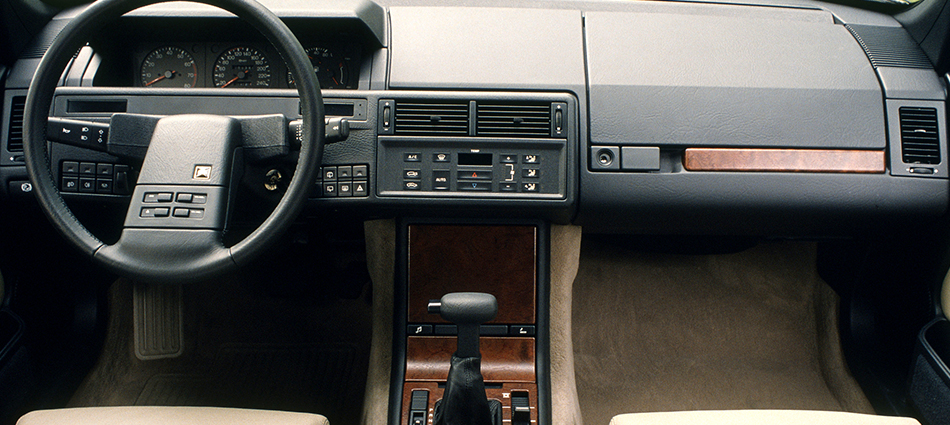
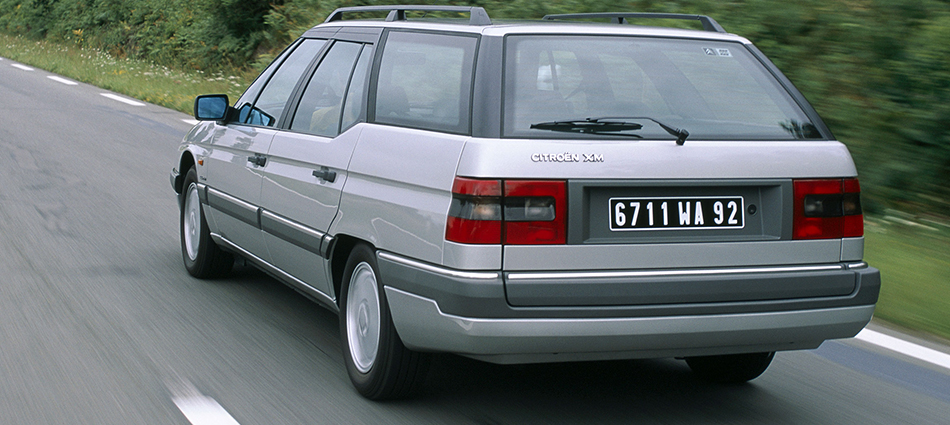
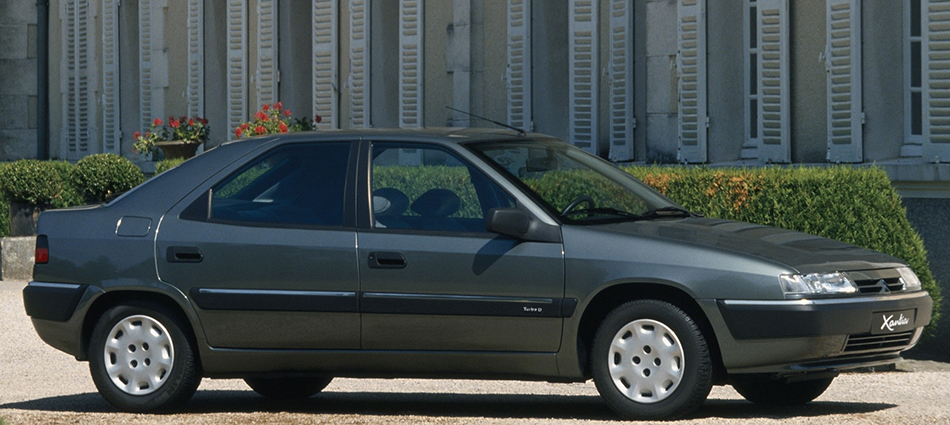

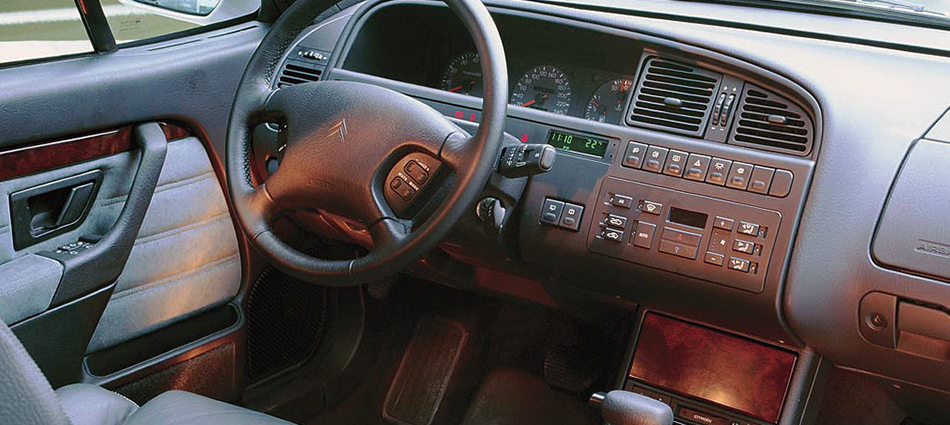
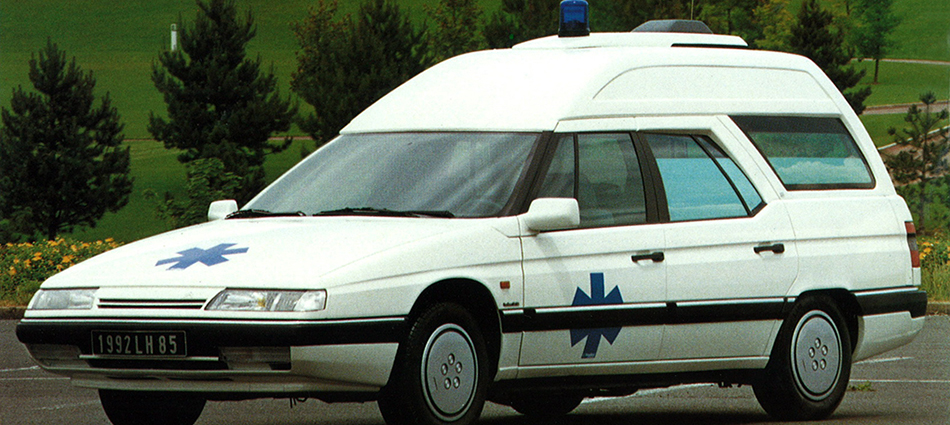
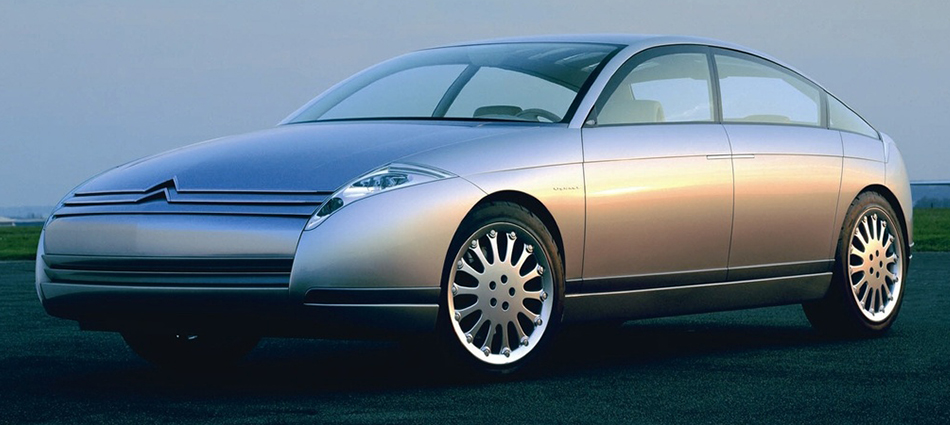

It has a PIN for the alarm? This is so epic. Maybe I will have DS and this, yes?
Yes. Good.
Fantastic post. I really liked this one, it was fascinating. I like the Xantia too, the way it looks.
Lovely job.
Awesome dude. I would like to know more about the C6. I would love to see your view on their design cues and why the concave rear window. A car I think that will be a cult classic in 20 years.
That wagon looks so hot!
Thanks for this very nice article and well chosen photos. I have the pleasure of owning a 1990 XM in 2.0 litres guise. It´s large inside and incredibly comfortable but these days an Opel Astra wagon almost dwarfs it. I have considered owning other cars since I bought my first XM in 2000 but nothing seems to do everything the XM can while looking so distinctive. The only other car with the same visual appeal that is not a Citroen (the CX) is the pre-GM Saab 900 but as it´s pretty common here in Denmark I would not have the same thrill of driving something with such rarity.
The good points of the XM are the packaging, style, reliability and economy. The rear seats fold fully flat and the hatchback means I can get huge items into the car. Handily there is a glass inner screen which means that rear passengers are protected from draughts when the tailgate is opened. The ride is excellent on most roads but, oddly, it hates small, sharp bumps and potholes. I drove a Ford Focus recently and the ride is better overall though a bit more uneven on all roads. The Focus does deal with sharp bumps much better than the XM. Steel sprung suspension has come a long way since 1989.
The car´s downsides are the awkward gear-change and the problems of obtaining spares for my UK spec model. Donor cars are getting tricky to find and standard parts are out of production (thanks Citroen).
The car is not speedy but is very economical. It gets 30 mpg when driven at 80 and if you drive like Miss Daisy it´ll give 34 mpg meaning a range of 650 miles between fills. It often manages 600 between fills. I should say the fuel tank is huge: 17.8 gallons. Filling it is a bit of a financial event and takes quite a long time.
You can see it here: http://www.carmagazine.co.uk/Community/Media/Media-Gallery-Detail/?mediaItemId=6471&N=497
Richard in Denmark
…one other thing: the “complex surface” lights are rather poor on low beam. Styling clearly trumped efficiency in this regard. The seating is first rate, especially in the back where the passenger has an unobstructed view of the road ahead since the seats are set slightly higher than the front. I am convinced that the designers intended there to be no obstruction for the rear passenger as long as the front head restraints are at their lowest position. This means a lot if the passenger is the President of France and he is not seated behind the chauffeur. This feature can´t be an accident!